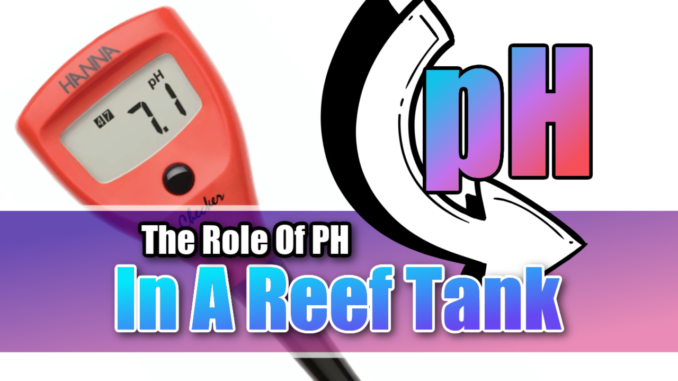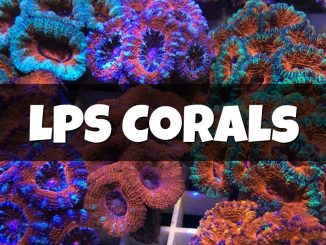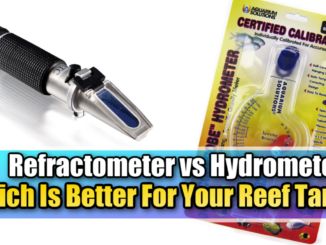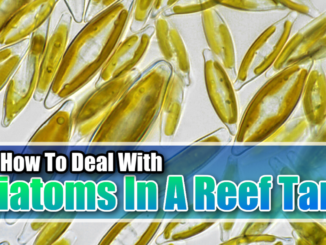
PH (or pH) is a measure of the acidity or alkalinity of a solution, and it plays a crucial role in a reef tank. In general, reef aquariums should maintain a pH level between 8.1 to 8.4 to support a healthy and thriving marine environment.
Low pH levels (below 7.8) can harm the livestock in the reef tank, including corals, fish, and invertebrates. It can also cause a decrease in the growth rate of corals and the dissolution of calcium carbonate structures, such as coral skeletons and snail shells. Additionally, low pH can lead to a decrease in oxygen levels, which can be fatal to the inhabitants of the reef tank.
On the other hand, high pH levels (above 8.5) can cause a rapid depletion of carbon dioxide, leading to a decrease in the growth rate of photosynthetic organisms such as algae and zooxanthellae, which can lead to a decline in coral health. High pH levels can also increase the toxicity of ammonia, which can be harmful to the fish and invertebrates in the reef tank.
Maintaining proper pH levels in a reef tank requires careful monitoring with a pH Tester and make adjustments as needed. One way to raise the pH level is to increase the aeration of the water, which helps to increase the amount of dissolved oxygen. Another method is to add chemicals such as sodium bicarbonate or calcium hydroxide to the water, which can help to raise the pH level.
Your Reef Tank’s Lighting and PH
The photo period, or the length of time that the lights are on in a reef tank, can have an impact on the pH level of the tank. This is because photosynthesis, which is the process by which plants and algae produce oxygen and remove carbon dioxide, can affect the pH of the water.
During photosynthesis, plants and algae take in carbon dioxide and release oxygen. This process can increase the pH level of the water by removing carbon dioxide, which is acidic. However, at night, plants and algae perform cellular respiration, which is the opposite of photosynthesis and can result in the release of carbon dioxide. This can lower the pH level of the water.
How Does pH and Alkalinity Work Together?
Alkalinity, also known as carbonate hardness, refers to the concentration of carbonates and bicarbonates in the water. Alkalinity acts as a buffer, helping to maintain a stable pH level by absorbing acids that can lower the pH.
In a reef tank, corals and other organisms use calcium and carbonates to build their skeletons and shells. The process of calcification, which is the formation of calcium carbonate structures, can cause a decrease in alkalinity as carbonates are used up. This decrease in alkalinity can in turn cause a drop in pH.
To prevent this, it’s important to maintain a stable alkalinity level in a reef tank. This can be done by adding alkalinity supplements, such as baking soda or calcium carbonate, to the water as needed. By maintaining a stable alkalinity level, the pH level in the tank can also remain stable.
In addition, the pH level can also affect the alkalinity level. When the pH level is high, more carbonates are available, and alkalinity levels can increase. On the other hand, when the pH level is low, carbonates are less available, and alkalinity levels can decrease.
Maintaining a proper balance between pH and alkalinity is important for the health and well-being of the inhabitants of a reef tank. By regularly monitoring and adjusting both parameters as needed, aquarium owners can help to ensure a stable and thriving marine environment.
All Things Consider With Reef Tank PH
In summary, maintaining the proper pH level is essential for the health and well-being of the inhabitants of a reef tank. By carefully monitoring and adjusting pH levels as needed, aquarium owners can help to ensure a thriving and vibrant marine environment.
pH is only one of many reef tank parameters that needs attention for a successful reef tank.




